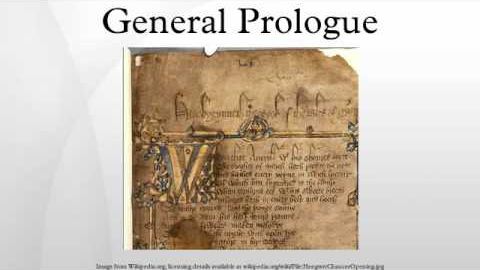
Subtitles & vocabulary
General Prologue
00
Chia-Yin Huang posted on 2016/12/06Save
Video vocabulary
associate
US /əˈsoʊʃiˌeɪt/
・
UK /ə'səʊʃɪeɪt/
- Countable Noun
- Partner in professional work, e.g. in law
- Verb (Transitive/Intransitive)
- To spend time with other people; mix with
- To form a connection in your mind between things
B1TOEIC
More structure
US /ˈstrʌk.tʃɚ/
・
UK /ˈstrʌk.tʃə/
- Noun (Countable/Uncountable)
- The way in which the parts of a system or object are arranged or organized, or a system arranged in this way
- A building or other man-made object.
- Transitive Verb
- To plan, organize, or arrange the parts of something
A2TOEIC
More attempt
US /əˈtɛmpt/
・
UK /ə'tempt/
- Verb (Transitive/Intransitive)
- To try to do something challenging or difficult
- Noun
- Effort made to try to do or accomplish something
A2TOEIC
More folk
US /fok/
・
UK /fəʊk/
- Adjective
- (Of ordinary people) not sophisticated
- Noun (Countable/Uncountable)
- Ordinary common people
A2
More Use Energy
Unlock All Vocabulary
Unlock pronunciation, explanations, and filters
